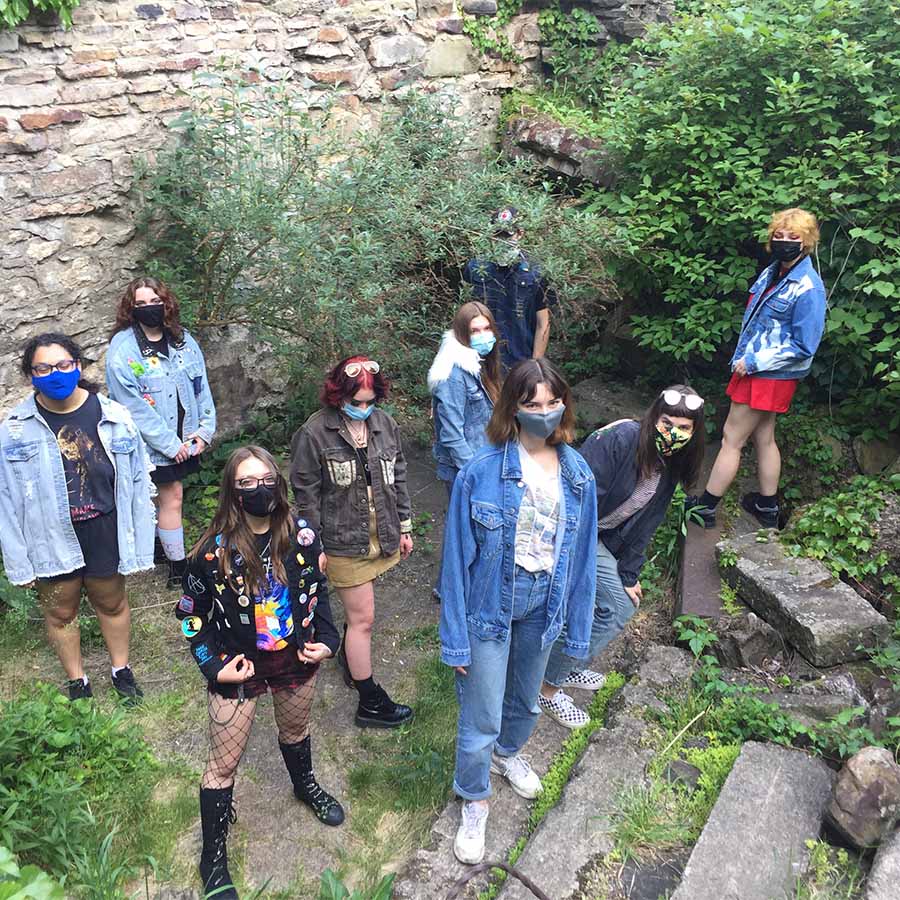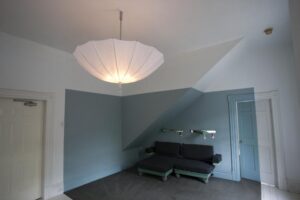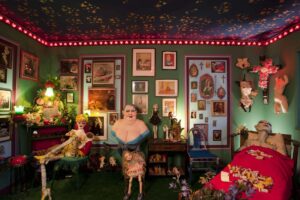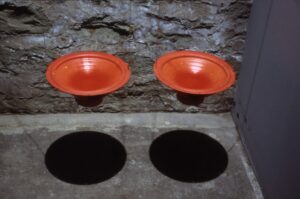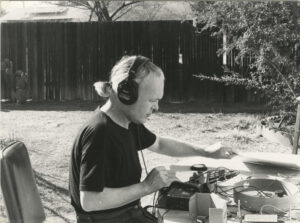A mirror is a device which obliterates everything including myself and others in the light of another world or a gallant apparatus which creates nothingness.
This play is a reflection on the (im)possibility of accepting diversity and the other. The fragmented body of the neoplasm—the fruit of unstable conditions—overcomes barriers, loves and denies itself and others, wanders around, forgetting its profession. It frequently and with pleasure divides, goes through dangerous palpation, questions the possibility of contact with the experience of the other. Poorly brought up but very successful, it invites us to a trans-species transition.
Lorem ipsum dolor sit amet, consectetur adipiscing elit. Fusce at elit quis felis ullamcorper vehicula non in est. Maecenas finibus pharetra justo et faucibus. Nulla eu tortor vel ex volutpat efficitur. Vivamus placerat turpis in aliquet venenatis. Quisque ac lacinia mauris. Nam quis lobortis elit. Vestibulum sagittis nisi sit amet euismod hendrerit. Mauris non sodales odio. Donec efficitur molestie quam, sed lobortis massa vestibulum ut.
Nunc at arcu sodales nisi porta euismod non vel neque. Phasellus at lobortis ante, in suscipit justo. Proin non purus vitae nisi molestie consectetur. Vestibulum volutpat lobortis interdum. Vestibulum pretium ligula lorem, egestas ultricies lectus ultricies ac. Curabitur venenatis vulputate dolor.
Through a second set of double doors, walk first into a black corridor and then into an intensely lit space whose floor is covered in hot red dots. Three female mannequins painted white, their bodies and hair covered with the dots, are reflected in the mirrored walls and ceilings.
Artist Statement
A passage to Another World.
A mirror is a device which obliterates everything including myself and others in the light of another world or a gallant apparatus which creates nothingness.
My ominous recollection: one day, I was looking at a tablecloth covered in red flowers, which was spread out on the table. Then I looked up towards the ceiling. There, on the windows and even on the pillars, I would see the same red flowers. They were all over the place in the room, my body, and entire universe. I finally came to a self-obliteration and returned to be restored to the infinity of eternal time and the absoluteness of space. I was not having a vision. It was a true reality. I was astounded. Unless I got out of here, the curse of those flowers will seize my life! I ran frantically up the stairs. As I looked down, the sight of each step falling apart made me stumble. I fell all the way down the stairs and sprained my leg.
Dismantling and accumulating, proliferating and separating, the sense of obliterating and the sounds from the invisible cosmos. What are all these things?
Exhibition
Yayoi Kusama, the Japanese master painter, sculptor, performance, and installation artist, began her artistic career in the 1950s. She lived and worked in New York City from the late 1950s through the early 1970s, where she was an influential participant in the avant-garde scene. Since her return to Tokyo, Kusama has lived by her own choice in a psychiatric hospital, maintaining an off-site studio with a staff of assistants. Her struggle with mental illness and "normalcy" is channeled into her work, which is all-consuming. Overflowing with repeating anthropomorphic shapes and patterns, her imagery recreates a fantastic vision that only she can see. Like her artistic peers Joseph Beuys and Louise Bourgeois, Kusama has created transcendent work from an idiosyncratic personal vision pursued over the course of a lifetime. All of her work has come from a waking vision in which she sat at a table covered with a floral tablecloth, in a room covered with floral wallpaper, and saw that her hands, too, were covered with flowers. Her work explores the obliteration of the self, as the viewer becomes part of the work, reflected in mirrors, obstructed by organic forms, almost as if being sucked into the walls. Kusama's work has been seen in numerous exhibitions in the United States, Europe, and Japan and she was the first artist to represent Japan with a solo show at the 1993 Venice Biennale.




